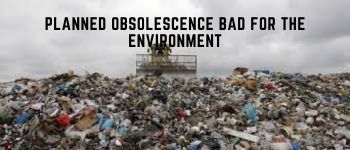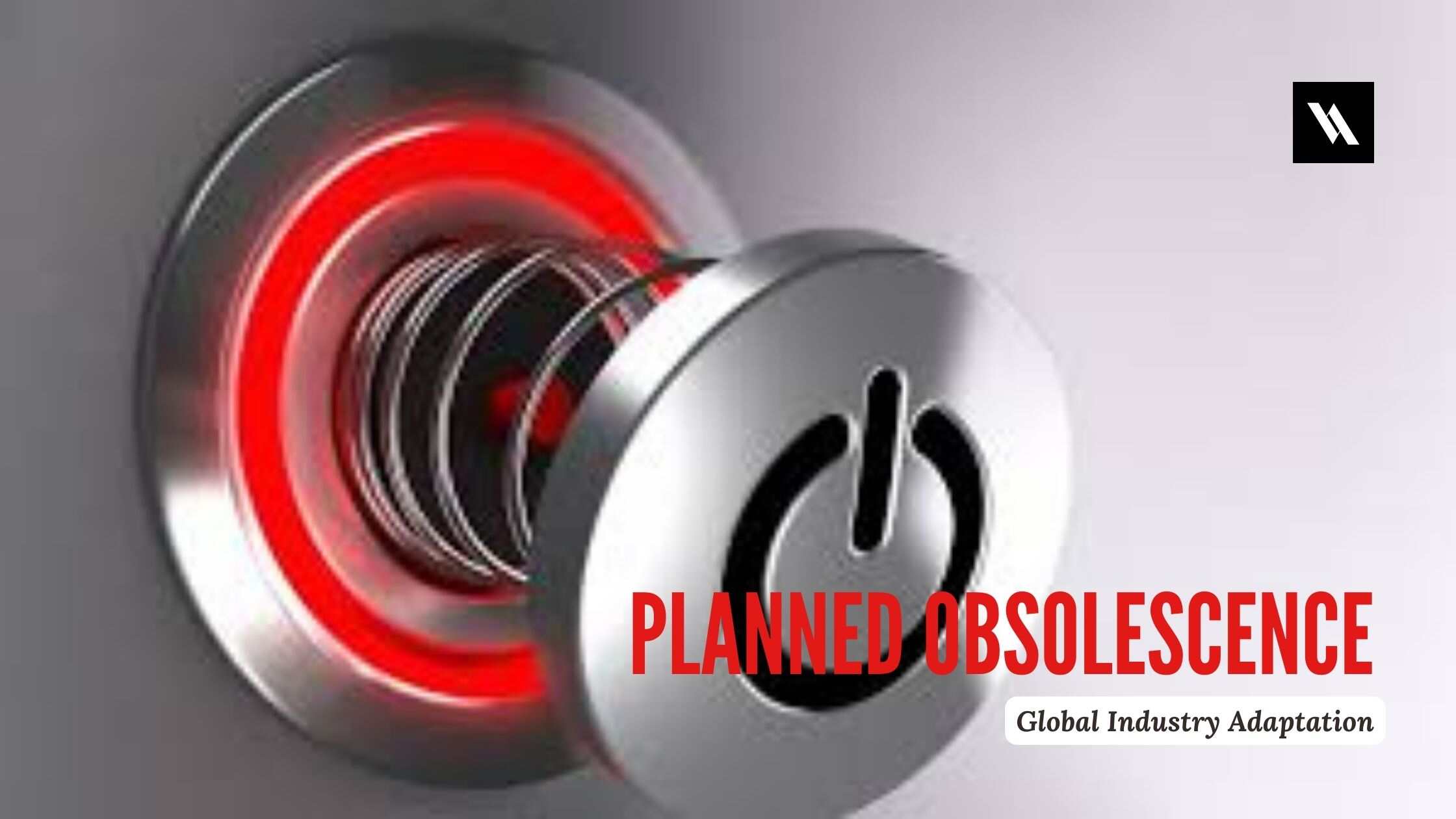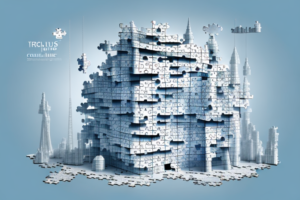Planned obsolescence is a marketing strategy in which products are designed with a limited lifespan to encourage consumers to replace them regularly. From a consumer’s point of view, planned obsolescence can be seen as frustrating and wasteful. Products may break or wear out before they should, and the cost of replacing them frequently can be burdensome. It also contributes to environmental concerns, as discarded products often end up in landfills, contributing to pollution.
What do conspiracy theorists have to say about planned obsolescence?
However, from a conspiracy theorist’s point of view, planned obsolescence is seen as a deliberate effort by corporations to maximize profits by intentionally creating products that are designed to fail. The theory goes that companies have the technology to create longer-lasting products, but they choose not to in order to force consumers to continue buying replacements. Some conspiracy theorists even suggest that there are secret agreements between corporations to ensure that their products have a limited lifespan so that they can continue to profit from consumers.
Which global industries adapt to planned obsolescence?
Global industries that have been known to adapt planned obsolescence into their business models include electronics, automotive, and fashion. For example, smartphones and other electronics are designed to become outdated within a few years, requiring consumers to upgrade to newer models. Similarly, the automotive industry has been criticized for creating cars that require frequent repairs and replacement parts. In the fashion industry, trends change quickly, encouraging consumers to purchase new clothing and accessories each season.
Sustainability vs. Production

Sustainability vs. production is a critical debate surrounding planned obsolescence. While planned obsolescence can boost production and increase profits for companies, it often comes at the expense of sustainability. Products that are designed to fail quickly contribute to waste and pollution, and the constant production and disposal of goods can have a significant environmental impact.
On the other hand, sustainability-focused initiatives often prioritize the production of longer-lasting, eco-friendly products. However, this approach can come at a cost to companies’ profits and production rates. Additionally, consumers may be hesitant to pay higher prices for more sustainable products, which can create a challenge for companies seeking to balance sustainability with profitability.
The sustainability vs. production debate highlights the need for businesses to consider the environmental impact of their products and production methods and to find a balance between sustainability and profitability. It also highlights the role that consumers can play in driving demand for sustainable products and encouraging companies to prioritize sustainability in their business models.
Is planned obsolescence bad for the environment?

Yes, planned obsolescence is bad for the environment. Planned obsolescence is a marketing strategy in which products are designed with a limited lifespan to encourage consumers to replace them regularly.
Planned obsolescence is bad for the environment for several reasons. Firstly, it leads to the production of more goods than necessary, which increases the amount of raw materials and energy required for production. This leads to a higher carbon footprint and more greenhouse gas emissions, contributing to climate change. Additionally, the frequent replacement of goods due to their limited lifespan leads to more waste, which can end up in landfills and pollute the environment.
Planned obsolescence also encourages a throwaway culture, where products are treated as disposable and not valued for their longevity. This culture leads to overconsumption, which further strains the environment and its resources. Additionally, the production of goods that are designed to fail quickly requires the use of toxic materials and chemicals, which can be harmful to both the environment and human health.
Furthermore, the frequent replacement of goods due to planned obsolescence contributes to the depletion of natural resources such as metals and minerals. The extraction of these resources can have a significant impact on ecosystems, including deforestation, habitat destruction, and water pollution.
Lets look at the Edison Light Bulb Company example below to understand how Planned Obsolescence is adapted by big businesses.
The Edison Light Bulb Company and Planned Obsolescence: A Historical Example
The Edison light bulb company is often cited as an early example of planned obsolescence in action. In the late 1800s, Thomas Edison’s light bulbs were designed to last up to 2,500 hours, which was a significant improvement over the earlier carbon filament bulbs that lasted only a few hundred hours. However, by the 1920s, General Electric (GE), which had acquired the Edison light bulb company, began to intentionally reduce the lifespan of its light bulbs to encourage consumers to buy replacements more frequently.
According to a report by the Phoebus cartel, a group of major light bulb manufacturers that formed in the 1920s, GE and other companies agreed to limit the lifespan of their light bulbs to 1,000 hours in order to increase sales. The cartel also reportedly agreed to standardize the design of light bulbs and reduce their production costs, further increasing profits for the companies involved.
The Phoebus cartel operated until the 1930s, when it was dissolved due to antitrust regulations, but the practice of planned obsolescence had already become entrenched in the manufacturing industry. Today, planned obsolescence remains a controversial issue, with critics arguing that it is wasteful, environmentally harmful, and exploits consumers.
Final Thoughts
Overall, planned obsolescence is a controversial issue that raises important questions about consumerism, sustainability, and corporate responsibility. While it can be frustrating for consumers to have to replace products frequently, it is also important to consider the impact of our consumption habits on the environment and society as a whole.
![]()
HASSAN TARIQ MALIK
Freelance SEO Consultant | Technical SEO | Digital PR | Rebranding | Content Marketing
As a Freelance SEO Consultant, I develop SEO strategies to assist Business Development and conversion, which helps businesses turn over more money and be more profitable. I do this using AI, Screaming Frog, UberSuggest, SEMRush, and lots of Excel formulas.









